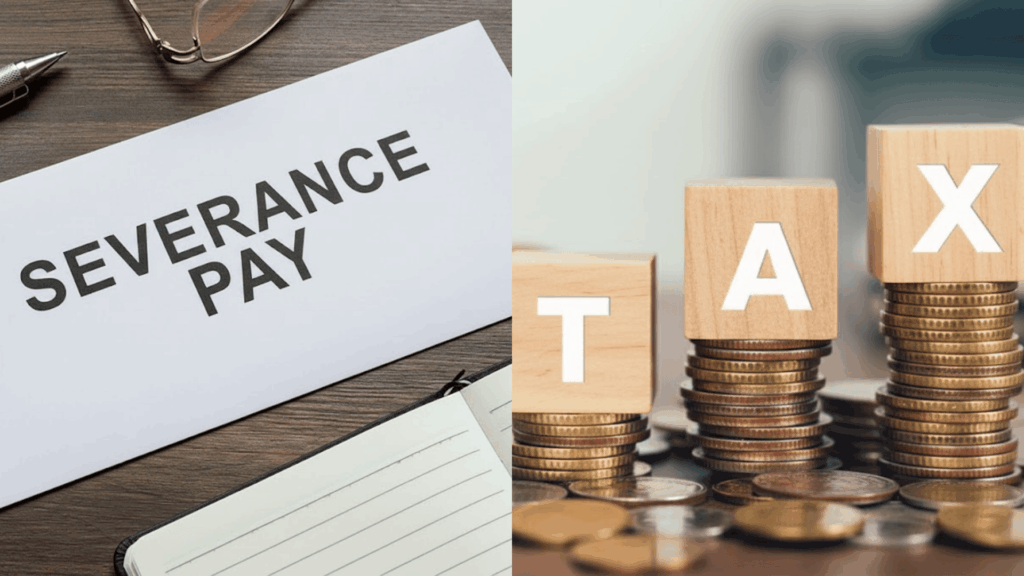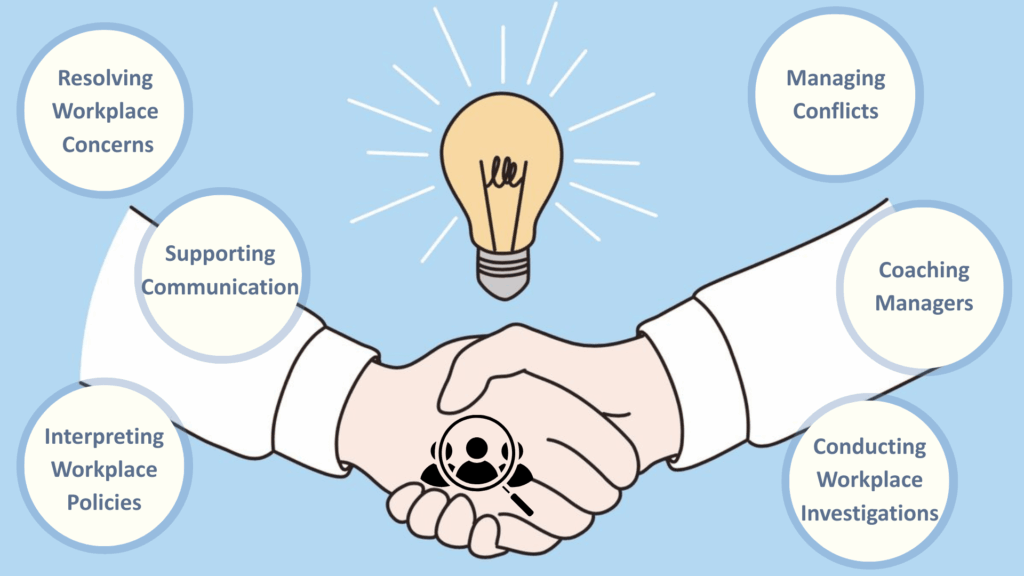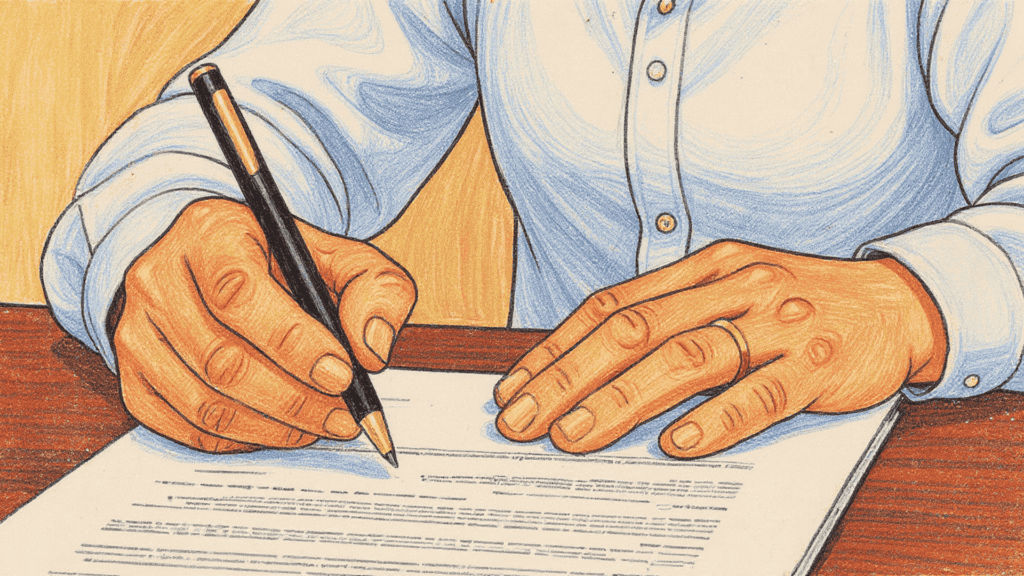Making the wrong hiring or lending decision can cost your business thousands in legal fees and damaged reputation.
Understanding pre-adverse action meaning is important for employers, landlords, and lenders who want to stay compliant with federal law while treating applicants fairly.
The Fair Credit Reporting Act (FCRA) requires specific steps before you can deny someone a job, rental, or loan based on their background check.
Skip these steps, and you face serious legal trouble.
This blog explains the pre-adverse action meaning, the adverse action meaning, and the exact process you must follow.
You’ll learn the legal requirements, common mistakes to avoid, and practical steps to protect your business while giving applicants their due rights.
What is Pre-Adverse Action Meaning?
Pre-adverse action is a required legal notice you must send before making any final decision to deny someone based on their background check or credit report.
This notice applies to employment decisions, tenant screenings, and loan applications.
The pre-adverse action notice gives applicants time to review their report and dispute any errors.
Federal law mandates this step to ensure fairness and accuracy in the decision-making process.
Skipping this notice can result in costly lawsuits and regulatory penalties for your organization.
What is Adverse Action?
Adverse action is the final decision to deny employment, reject a rental application, or refuse a loan based on information from a background check or credit report.
This occurs only after you complete the pre-adverse action process.
Examples include refusing to hire a candidate, denying apartment approval, or declining a mortgage application.
Adverse action represents the end result of your evaluation process.
Taking this step without proper pre-adverse notice violates FCRA requirements and exposes your business to significant legal and financial risks.
Read about: What Is Quid Pro Quo Harassment? Definition & Examples
Difference Between Pre-Adverse Action and Adverse Action
These key differences help ensure proper compliance.
| Aspect | Pre-Adverse Action | Adverse Action |
|---|---|---|
| Purpose | Warning notice before final decision | Final decision to deny the application |
| Timing | Sent immediately after negative findings | Sent after waiting period expires |
| Required Documents | Consumer report, rights summary, CRA contact info | Adverse action notice with specific reasons |
| Waiting Period | Must allow 5 business days minimum | No additional waiting required |
| Applicant Response | Can dispute errors or provide explanations | The decision is final, limited recourse |
| Legal Requirement | Mandatory under FCRA | Required only after the pre-adverse process |
Legal Foundations and Requirements
Pre-adverse and adverse action procedures are regulated to ensure fairness and compliance.
Failing to follow these laws can lead to serious penalties.
- Fair Credit Reporting Act (FCRA) governs all adverse action procedures at the federal level
- Consumer Financial Protection Bureau (CFPB)enforces compliance and issues regulatory guidance
- State laws may require longer waiting periods beyond the federal 5-day minimum requirement
- Class action lawsuits can cost companies millions in settlements for FCRA violations
- Regulatory fines from CFPB range from thousands to millions per compliance violation
- Public enforcement actions damage a business’s reputation and customer trust permanently
The Pre-Adverse Action Process
The proper pre-adverse action process requires following a specific sequence to maintain FCRA compliance.
Based on established legal precedents and regulatory guidance:
Step 1: Background Check Completion
Complete your consumer report review and identify concerning information that may lead to denial.
Step 2: Pre-Adverse Action Notice (Immediate)
Send written notice, including the consumer report, summary of rights document, and consumer reporting agency contact information.
Step 3: Waiting Period (5 Business Days Minimum)
Allow applicants enough time to review their report and contact the reporting agency about potential errors.
Step 4: Review Applicant Response
Evaluate any disputes or explanations provided during the waiting period before making your final decision.
Step 5: Adverse Action Notice (If Proceeding)
Send a final notice with specific reasons for denial and additional rights information if you decide to reject the application.
What to Include in a Pre-Adverse Action Notice?
A compliant notice ensures fairness and transparency in hiring decisions.
Under the Fair Credit Reporting Act (FCRA), employers must include a copy of the applicant’s background report, a summary of rights, and the contact details of the consumer reporting agency.
The notice should also state that no final decision has been made and provide clear steps for disputing inaccuracies.
Knowing the pre-adverse action meaning for employment helps employers and applicants stay compliant and informed.
Does Receiving a Pre-Adverse Action Letter Affect Employment?
Receiving a pre-adverse action letter does not mean you are automatically denied a job or terminated.
It indicates that an employer found potentially concerning information in your background report and, under the Fair Credit Reporting Act (FCRA), must give you a chance to review and dispute it.
This notice is a safeguard, not a final decision.
Employers must wait about five business days before taking adverse action.
In the context of pre-adverse action meaning for employment, this step ensures fairness and transparency in the hiring process.
Curious how law firm roles stack up and where your career could go? Check out our breakdown of the hierarchy and career paths. Law Firm Hierarchy: Roles and Career Paths
Practical Best Practices for Employers and Companies

Based on regulatory enforcement patterns, these proven strategies minimize adverse action compliance risks:
- Document everything – Keep written records of all notices with delivery confirmation timestamps
- Use clear language – Write notices in plain English that applicants understand without legal help
- Respond quickly – Monitor and address applicant inquiries promptly during waiting periods
- Avoid vague reasons – Never use phrases like “background check issues” for adverse action notices
- Train your team – Ensure HR staff and managers know proper procedures across all departments
Applicant’s Perspective: What to Do If You Receive a Notice?
When you receive a pre-adverse action notice, you have legal rights under FCRA that may change the outcome.
Contact the consumer reporting agency immediately to obtain a free copy of your report and review it for errors.
Submit written disputes for any incorrect information, including outdated records or identity mix-ups. Remember that this notice is not a final rejection.
You typically have 5 business days to respond before the employer makes their adverse action decision, so use this time to address any inaccuracies effectively.
Recent Developments and Updates
Regulatory bodies continue to tighten oversight of adverse action practices, increasing employer accountability and applicant protection.
- CFPB Enforcement Actions (2024-2025) – Increased penalties for companies failing to provide proper pre-adverse action notices, with fines reaching $15 million for major adverse action violations
- State Law Changes – California and New York implemented stricter disclosure requirements, extending minimum waiting periods to 7 business days instead of the federal standard
- Technology Integration Updates – New regulatory guidance allows electronic delivery of notices but requires confirmed receipt and accessible formatting for all applicants
- Credit Reporting Modernization – Updated requirements for consumer reporting agencies to provide clearer dispute resolution processes and faster response times
- Class Action Settlement Trends – Recent court decisions favor applicants when employers skip pre-adverse steps, resulting in higher damage awards and legal precedents
- Regulatory Compliance Monitoring – Enhanced government oversight includes random audits of hiring practices and mandatory compliance reporting for large employers
Click here to understand how CARF Accreditation ensures quality and compliance.
Conclusion
The distinction between pre-adverse and adverse action processes protects both organizations and applicants through transparent procedures mandated by federal law.
Proper implementation of these requirements reduces legal risks, prevents costly violations, and builds trust with applicants.
Organizations that follow established protocols demonstrate their commitment to fair practices while protecting themselves from regulatory penalties.
If you’re an employer, landlord, or lender, investing in compliant pre-adverse action procedures safeguards your business reputation and ensures applicant rights are respected.
Review your current processes today and implement necessary improvements to maintain full compliance.
Comment below and share your thoughts.
Frequently Asked Questions
Can a Door Dash Ban Be Permanent?
No, DoorDash bans are not always permanent, depending on the severity of the violation.
You can appeal their decision or reapply after addressing the rejection issues.
Can you Still Get Hired After a Pre-Adverse Letter?
Yes, a pre-adverse letter does not guarantee rejection from employment.
You can dispute errors or provide explanations that may change the final decision.
What Is the Adverse Action Against DoorDash?
Adverse action at DoorDash means final denial of your application based on background checks.
This follows their required pre-adverse notice and federal waiting period.










